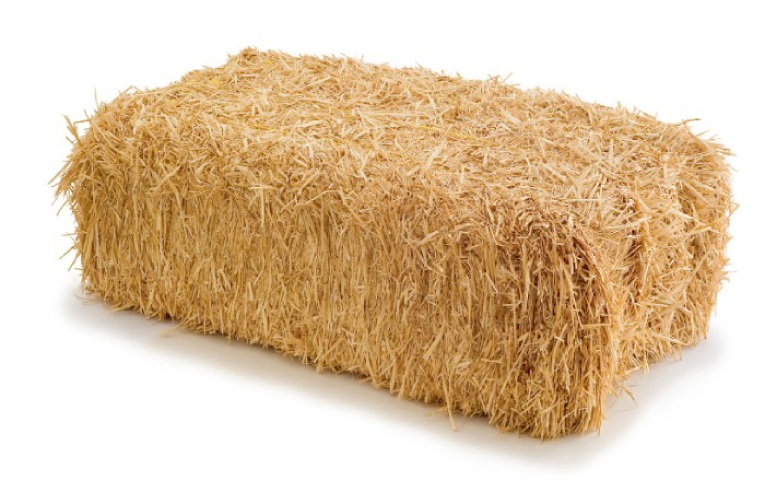The small diameter baling twine is made of sisal or synthetic materials used for the fibrous binding material. The tensile strength of this kind of twine ranges from 95 to 325 psi, which makes it the ideal choice for many agricultural applications. Although it can be difficult to use, it is well worth its cost in saving time and effort. However, be sure to check its specifications and the manufacturer’s warranty before you buy it. Get the best deals at www.balingtwine.com.au.
 Plastic polymers are used for producing baler twine. They are safer, more durable, environmentally friendly, and more practical. Furthermore, they are excellent allies in capital savings. The basic raw material of this twine is polypropylene. The resulting material is soft and flexible and has a high strength-to-weight ratio. Therefore, it is easy to handle. For this purpose, baler twine is available in various colours and strengths.
Plastic polymers are used for producing baler twine. They are safer, more durable, environmentally friendly, and more practical. Furthermore, they are excellent allies in capital savings. The basic raw material of this twine is polypropylene. The resulting material is soft and flexible and has a high strength-to-weight ratio. Therefore, it is easy to handle. For this purpose, baler twine is available in various colours and strengths.
The twine used for baling square bales is thicker than that used for round bales. This is because squares are bigger and more pressurised. For this reason, thicker twine is required. This type of baler twine is ideally suited for high moisture content crops. In addition, its thickness, between 130-450 m/kg, is resistant to knotting.
Plastic polymers are a good choice for baler twine because they are durable, practical, and are environmentally friendly. Also, they help save on capital costs. The main raw material for baler twine is polypropylene, which ensures high strength while soft. This makes it an excellent choice for farming, particularly in climates with high solar radiation. So, if you’re planning to build a new baler, consider using plastic polymers! Get the best deals at www.balingtwine.com.au.
Baler twine is usually black or brown, but several other colours are suitable for different purposes. The twine colour depends on the use and the type of baling machine. In climates with high solar radiation, black is the best choice. The twine is also resistant to corrosion, so that it will last for a long time. The benefits of this material are numerous. The material is recyclable and is environmentally friendly.
When it comes to baler twine, there are several factors that you need to consider. The first is the type of baler. There are many different kinds of baler twine, but the type of bales you’re working with will determine the type of twine you need. If the bales are round or square, you will want to use a thicker twine. On the other hand, if you’re using a square-shaped bale, it’s recommended to use a thicker one.
Another factor that makes baler twine more environmentally friendly is its sisal, a natural fibre. It is biodegradable and is 100% recyclable. It can be used in multiple applications, from packaging to hay transportation. These features make sisal an ideal material for balers. Choosing biodegradable one is always a good choice. A biodegradable material is better for the environment. Get the best deals at www.balingtwine.com.au.